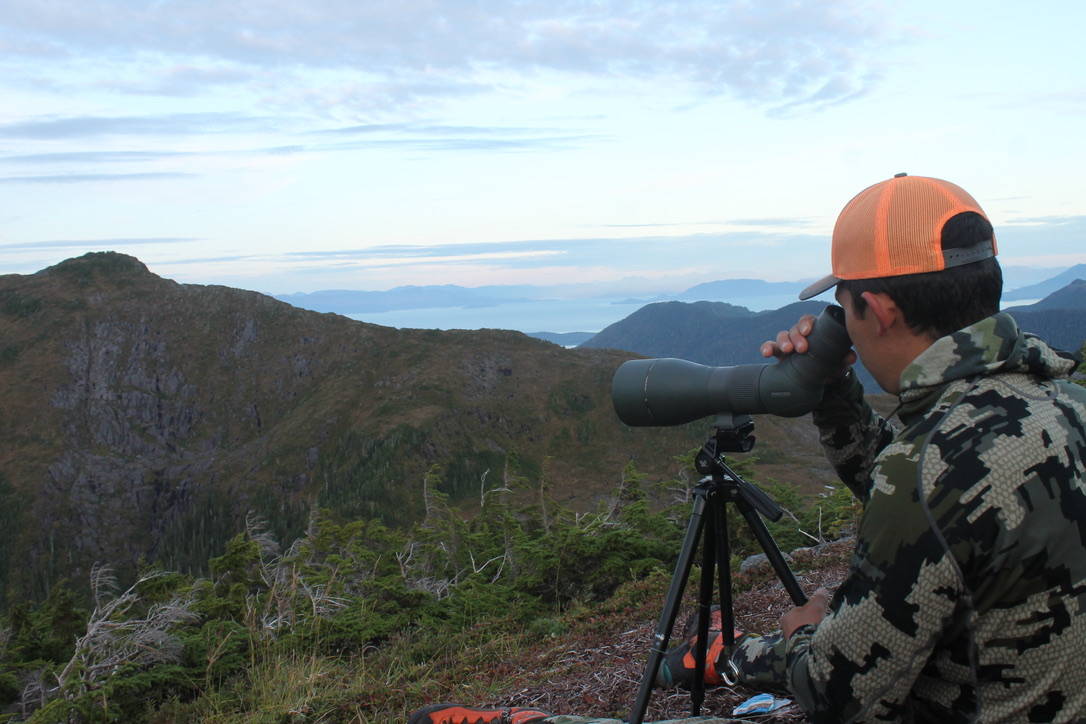I checked the right boxes when it came to the type of person who might not get a serious case of COVID-19 in March. Active. No preexisting conditions. 38. But I started to see just how subjective and misleading all that can be, and rather than look at other people, I looked at myself.
I have no symptoms and have not been tested, but I am reflecting on how prepared I am in case I come into contact with someone who is, if I haven’t already.
So, what exactly does “active” mean? I go fishing. I go hunting. But do I do those activities three to five times a week? Because if not, then my routine is something, but my hobbies, when I do them, are something else. I can project a reality that isn’t necessarily accurate and think that I’m good to go because I have an extensive memory of time spent outside. I work out three to five days a week, but only one day a week of the program is for conditioning, which became a skip day or a hike day.
[Seeing and hearing things while isolating outdoors]
But one morning before the staff meeting on Zoom, I decided to run and struggled. My legs felt strong and my lungs were fine, but they hadn’t worked together in unison like this for a while. I felt clunky. Hiking off a mountain with a pack is brutal, so you sit down, or if things get technical, you can catch your breath because it’s not one of those places to go fast. Running is repetitive, but that doesn’t mean it’s smooth.
I discovered just how much I tip my fitness toward August and September. As if those are the true test months. Then rut happens in late fall and things fade a bit, then winter comes. Sure you might take a lot of steps when steelhead fishing and fishing is active and you might do that for hours and it’s way better than sitting on the couch, but how do I want to define active? Do I want to define active as not sitting on a couch? That’s a pretty low standard, but it can happen with alpine deer season still months away. But what if I needed my body to be ready for a virus in April, not hiking in August?
I’ve started running sprints on Tuesdays. It could be called interval training or HIIT but sometimes when you start telling other people the fancy thing that you’re doing, it becomes more about telling people the fancy thing you’re doing than the actual act.
So I sprint the length of a bridge near my house on Tuesdays. The bridge isn’t very long, but the point is I am running again and am reflecting and adjusting what it means to active. It’s not just about trying to fit in with other people, it’s about real physical, and cardiovascular readiness for not just for COVID-19, but whatever else is waiting for me in my 40s and 50s and beyond.
I’d much rather have as much control as possible than hope to get lucky and dodge whatever might be coming my way.
There’s a difference between mentally ready to embrace the suck of an alpine hunt, and my immune system being ready to go to war.
It seems like if there’s ever been a time to check diet quality and exercise loads, it’s now.
• Jeff Lund is a writer and teacher based in Ketchikan. “I Went To The Woods,” a reference to Henry David Thoreau, appears in Outdoors twice a month.

